Pay-to-play is where it’s at
Tier 2 junior hockey has become an expensive sport for owner-operators to be involved in.
Unlike the Ontario Hockey League — where huge fan support and corporate-sponsorship dollars have allowed the major junior loop to become the $200 million business that it is — mere survival is often a month-to-month, season-to-season way of life in lower-level junior.
Which is why — as examples — Tier 2 teams in Ontario and Tier 3 teams in the Midwest area of the United States are making the pay-to-play model the way to go.
Without pay-to-play, the vast majority of teams in leagues such as the Central Canada Hockey League, Ontario Jr. Hockey League, Greater Metro Jr. Hockey League, Northern Ontario Jr. Hockey League, Superior International Jr. Hockey League, MidWest Jr. Hockey League and North American 3 Hockey League would be unable to survive.
As costs associated with owning a lower-level junior team rise while revenues remain about the same, pay-to-play has become a necessity.
If parents, fans and supporters happen to think that just their team is charging players to play, think again.
In both the CCHL and the OJHL, the standard player fee is $4,500 a year plus room and board and even higher in the GMJHL.
In the NOJHL, seven of the eight teams charge a player fee of anywhere from $2,000 to $4,000. (Only the Abitibi Eskimos don’t charge their players and team president Scott Marshall is on record as saying the Iroquois Falls-based club is tens of thousands of dollars in debt.)
South of the border, in the MWJHL and NA3HL, player fees are anywhere from $5,000-$10,000 a year plus room and board.
Junior hockey, to be sure, is becoming a very-expensive undertaking.
And the fact of the matter is, if parents want their kids to play, they have to pay.
It’s just the way it is these days.

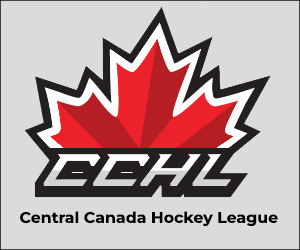
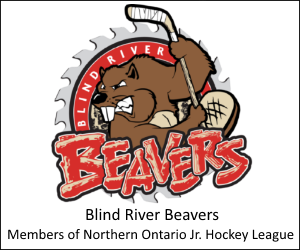




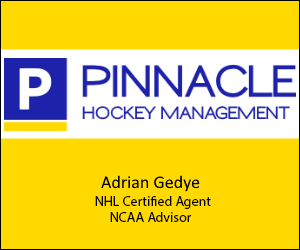



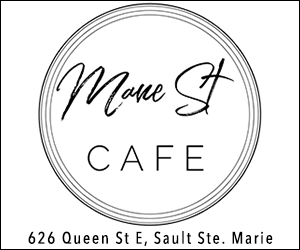


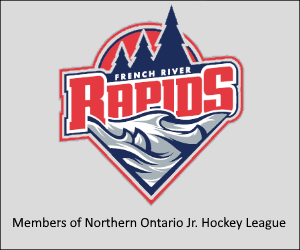
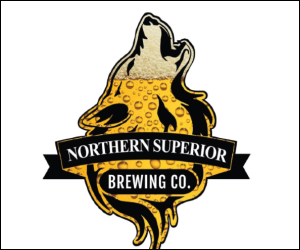
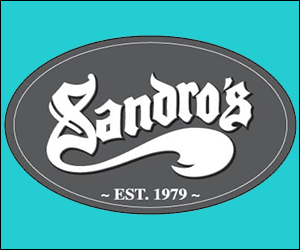





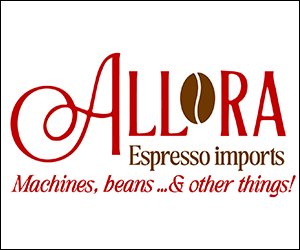



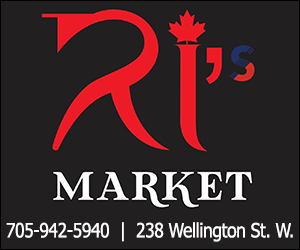
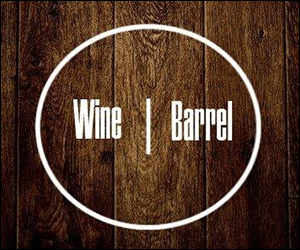





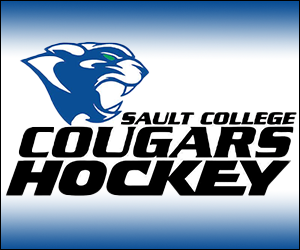
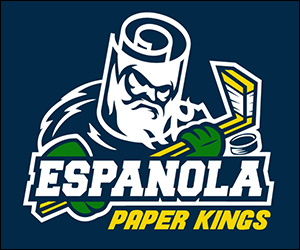


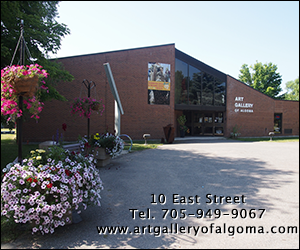
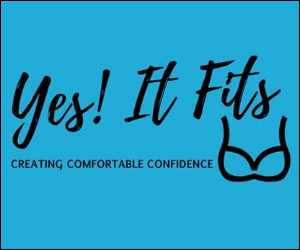
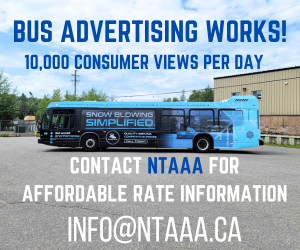








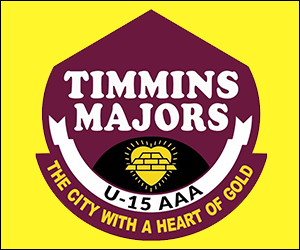




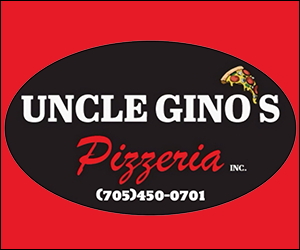



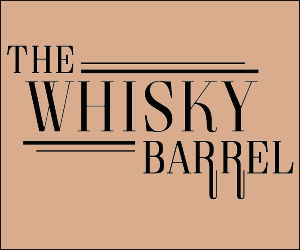



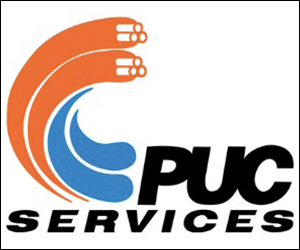
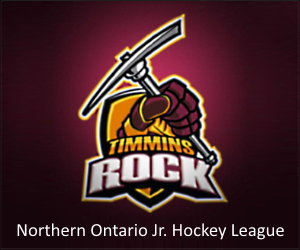
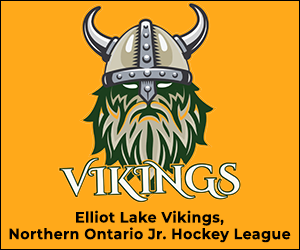







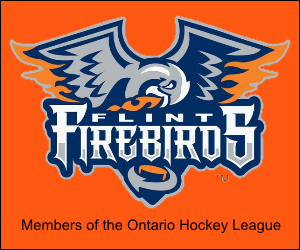



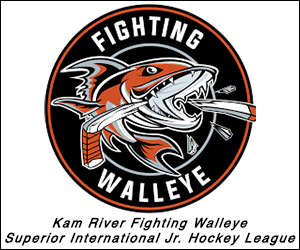


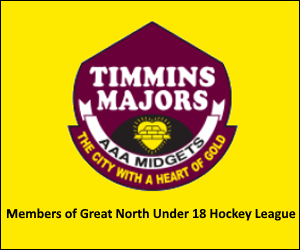
Perhaps it’s time we bring back the A, B, and C designations for Junior hockey. The CHL would be meet the classification of Junior A. At the A level, there are no player expenses and even personal equipment is taken care as well as any billeting expenses. Players also receive a monthly stipend and all college/university tuition is paid for by the league.
The next level would be Junior B. Here, players like the A level are not charged to play and both billeting and equipment expenses are taken care of by the team/league. Players at the B level, however, do not receive any monthly stipends and full tuition costs are not taken care of. Only the USHL and perhaps the BCHL would currently fall under this “B” criteria.
Junior C leagues would cover cost of travel and ice fees but charge players only for billeting and equipment expenses. I believe that a league like the NAHL charges players for billeting and some equipment.
Finally at the lowest rung of the ladder would be your Junior D. Here players incur the full cost for playing. They would be on the hook for their own equipment, billeting, travel and ice fees.
Not sure what Jr B leagues don’t charge to play as all of the leagues in BC charge to play. There is a team fee ($1400 and up) billeting fee ($400 and up). Those numbers are just a starting point as lots of teams charge more. BCHL is looking at starting to charge players to play. There are so many teams that are having a hard time paying bills as cost of travel, ice time and equipment keeps going up every year. Fans don’t have extra money to attend all of the home games so attendance in lots of arenas are down. With all of the new tv and PVR fans can record their tv shows and watch them at their leisure. Teams need to make their home game nights an night out not just a hockey game.
Wow that shows you how much junior hockey costs. If Abitibi, who does not pay for ice, is deep in debt its time to retool the league.
This storey is right on!